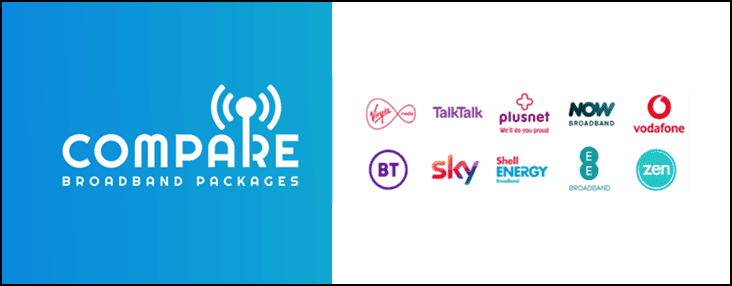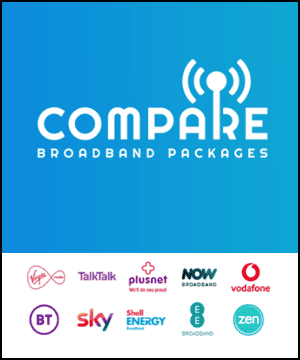EE Advertising for Wi-Fi 7 Continues to Mislead
The ongoing advertising campaign by EE promoting Wi-Fi 7 has sparked considerable debate over its accuracy and reliability. Many consumers are left confused due to the misleading claims surrounding the benefits of this latest wireless technology. In this article, we will explore how the marketing strategies employed by EE surrounding Wi-Fi 7 may not deliver on the promised enhancements.
Understanding wi-Fi 7: What Consumers Need to Know
Wi-Fi 7, also known as IEEE 802.11be, is the next-generation wireless technology expected to roll out in the coming years. It promises faster speeds, improved capacity, and reduced latency compared to its predecessors. however, EE’s advertising may project an overly optimistic view of these benefits, leading consumers to believe that current devices will automatically benefit from this technology boost.
Key Features of Wi-Fi 7
Wi-Fi 7 is designed to support a range of advanced features including:
- Higher throughput: Expected speeds of up to 46 Gbps, significantly faster than Wi-fi 6.
- Multi-Link Operation (MLO): Allows devices to utilize multiple bands together for better performance.
- Improved efficiency: Enhanced management of bandwidth to support more simultaneous connections.
However, EE’s marketing often emphasizes these features without adequately informing consumers of the necessary hardware upgrades and limitations that accompany the transition to Wi-Fi 7.
Misleading Comparisons and Consumer Confusion
EE’s advertising needs to take into account the context of their comparisons. As an example, they frequently compare Wi-Fi 7 to earlier versions without mentioning that older devices may not support the new features. Many consumers may erroneously assume that simply upgrading their internet plan will give them access to Wi-Fi 7 benefits.
the Importance of Hardware Compatibility
To truly enjoy the advantages of Wi-Fi 7, consumers will need compatible devices and routers. Currently, not many devices on the market support this new standard. for a real-life connection to utilize the improvements of Wi-Fi 7,users will need to invest in the following:
| Device Type | Requirements |
| Smartphones | Wi-Fi 7 support and updated chipset |
| Laptops | Compatible Wi-Fi 7 network card |
| Routers | Wi-Fi 7 compatible routers are required |
Without the necessary upgrades,users might not experience the desired improvements,leading to disappointment and frustration.
Potential Pitfalls of Overhyped Advertising
As technology enthusiasts anticipate the rollout of Wi-Fi 7, misleading advertising may result in several risks for consumers:
- Wasted Investment: Consumers may spend money on higher-tier internet plans expecting instantaneous upgrades that their current devices cannot provide.
- Missed Opportunities: Without understanding the full context of Wi-Fi 7’s rollout, consumers may delay investments in devices that can benefit from future enhancements.
- Brand Distrust: Over-promising on the capabilities of a product can erode trust in brands and may result in negative reputations with potential clients.
while EE’s endeavor to promote Wi-Fi 7 reflects the excitement surrounding this technology, consumers deserve straightforward and transparent data that accurately depicts what upgrades are genuinely necessary for optimal performance.
As Wi-Fi 7 continues to make headlines, clear dialogue about compatibility and capabilities will be essential to avoid misleading consumers and ensuring they can make informed decisions based on their actual needs.




